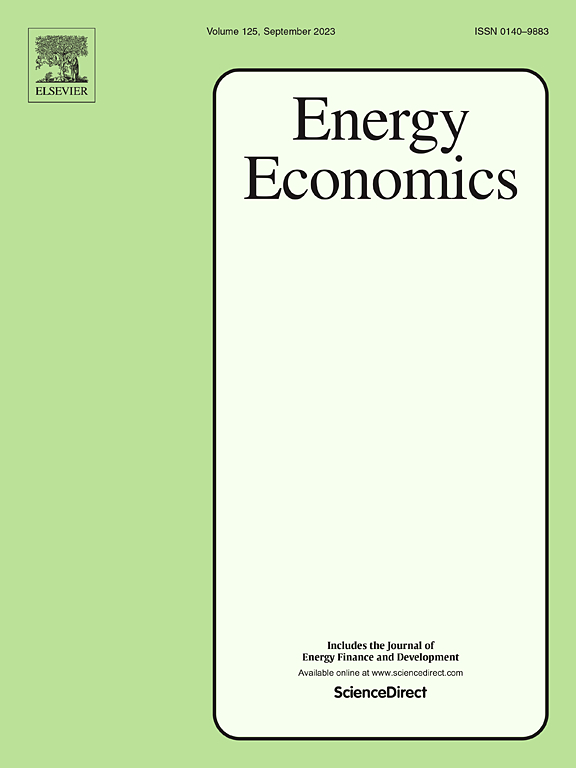Carbon removals meet Emission Trading System design: A precautionary path towards integration
IF 13.6
2区 经济学
Q1 ECONOMICS
引用次数: 0
Abstract
Accounting for negative emissions becomes increasingly important the closer we approach net-zero targets. Carbon removal pricing is, however, still in its infancy and raises several concerns including environmental challenges (e.g. carbon lock-ins, impermanence) and economic trade-offs (i.e. technology learning, financing and market efficiency). These concerns largely hinge on how removal pricing interacts with existing carbon pricing mechanisms, such as Emission Trading Systems (ETSs). This paper aims to offer analytical insights into the performance of different ETS-related removal pricing designs. Eight policy cases, drawn from the literature and real-world proposals, are analysed using an equilibrium model. Those cases vary in their connectivity to ETS markets and may incorporate additional mechanisms to address impermanence and/or stimulate the demand for net negative emissions. The results reveal the underlying working principles and sensitivity to the identified integration concerns. The comparison analytically shows that none of the modelled cases can fully mitigate all integration risks simultaneously. A phased approach is recommended, transitioning from a more market-regulated integration to the establishment of a unified emission and removal market. This gradual approach could especially help to overcome the potential high removal costs of first-of-a-kind removal technologies in the short run and promote market efficiency in the long run. The findings of this study should provide a solid basis to guide the current policy debate on best practices and potential pitfalls in carbon market reforms concerning removal activities.

求助全文
约1分钟内获得全文
求助全文
来源期刊

Energy Economics
ECONOMICS-
CiteScore
18.60
自引率
12.50%
发文量
524
期刊介绍:
Energy Economics is a field journal that focuses on energy economics and energy finance. It covers various themes including the exploitation, conversion, and use of energy, markets for energy commodities and derivatives, regulation and taxation, forecasting, environment and climate, international trade, development, and monetary policy. The journal welcomes contributions that utilize diverse methods such as experiments, surveys, econometrics, decomposition, simulation models, equilibrium models, optimization models, and analytical models. It publishes a combination of papers employing different methods to explore a wide range of topics. The journal's replication policy encourages the submission of replication studies, wherein researchers reproduce and extend the key results of original studies while explaining any differences. Energy Economics is indexed and abstracted in several databases including Environmental Abstracts, Fuel and Energy Abstracts, Social Sciences Citation Index, GEOBASE, Social & Behavioral Sciences, Journal of Economic Literature, INSPEC, and more.
 求助内容:
求助内容: 应助结果提醒方式:
应助结果提醒方式:


